
Just after Christmas I spent a few greedy, giddy days attending London productions—running through the rain to the Garrick Theatre, in the West End, for “Orlando,” then getting baffled by the brutalist maze of the Barbican Center while trying to find “My Neighbour Totoro,” and finally zipping out to Punchdrunk’s Woolwich storehouses for “The Burnt City.” There was no logic to it— my planning was catch-as-catch-can. But the shows all turned out to be portraits of worlds grown suddenly, surprisingly larger, and of the rather lost feeling of the small humans at their center. (In one case, that lost human was me.)
I had been particularly eager to see “Orlando,” which slots into the current gender discourse with a nearly audible click. In Neil Bartlett’s new adaptation, as in Virginia Woolf ’s 1928 novel, a poetic young aristocrat named Orlando catches the eye of Queen Elizabeth, embarks on various amorous adventures, falls into a coma, and wakes up changed into a woman. In the book, which is styled as a biography, Woolf ’s narrator tracks Orlando’s transformation, and, for a single paragraph, the text’s “he” changes to “they,” before pivoting to “she.” (Woolf wrote, “The change of sex, though it altered their future, did nothing whatever to alter their identity.”) The show’s gleaming, nonbinary star, Emma Corrin—perhaps best known as the newlywed Princess Diana, from “The Crown”—uses they/them pronouns, the gender-fluid use of which Woolf may have pioneered a hundred years ago. This synchrony feels like fate.
This story is from the January 16, 2023 edition of The New Yorker.
Start your 7-day Magzter GOLD free trial to access thousands of curated premium stories, and 9,000+ magazines and newspapers.
Already a subscriber ? Sign In
This story is from the January 16, 2023 edition of The New Yorker.
Start your 7-day Magzter GOLD free trial to access thousands of curated premium stories, and 9,000+ magazines and newspapers.
Already a subscriber? Sign In
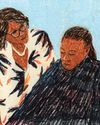
MEAN TIME
“Hard Truths.”
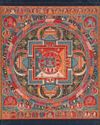
ENLIGHTEN ME
The secret beauty of mandalas.
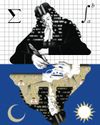
THE BEST OF THEM
His was a genius for the ages. Will Gottfried Leibniz ever get his due?

DEATH CULT
Yukio Mishima’ tortured obsessions were his making—and his unmaking.
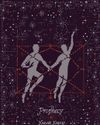
Prophecy
The night of Dev’s twenty-second birthday, he was invited to sit with the elders after dinner.

A TALE OF TWO DISTRICTS
Lauren Boebert and Colorado’s red-blue divide.
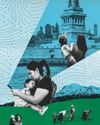
THE TIKTOK TRAIL
Andean migrants draw others to the U.S. with videos depicting themselves as living the American Dream.

LOVE AND THEFT
Did a best-selling romantasy novelist steal another writer's story?
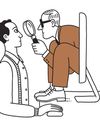
OUR NEW TWO-FACTOR AUTHENTICATION SYSTEM
Our two-factor authentication system is expanding because text messages and e-mailed codes are becoming less secure. Also, we’re committed to making sure your log-in process is more of a hassle than it needs to be.

STILL PROCESSING
Why is the American diet so deadly?